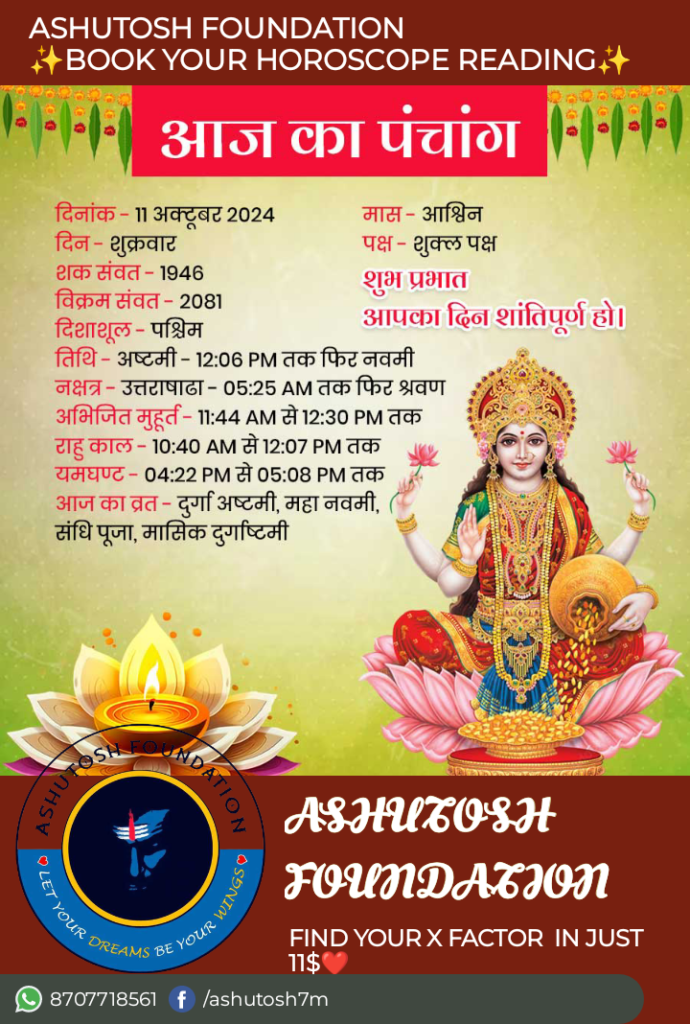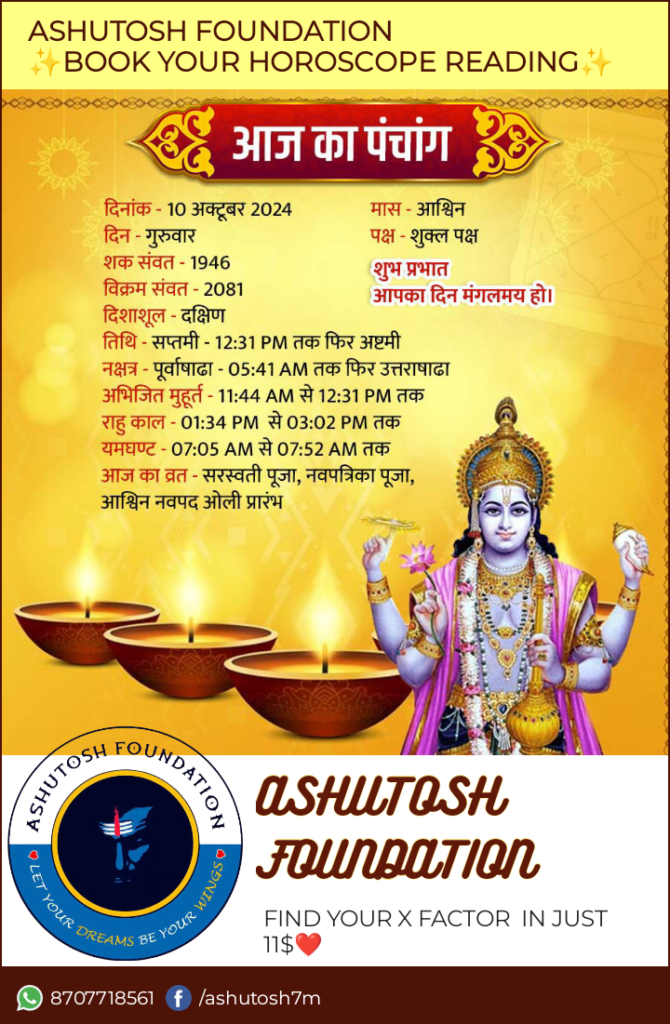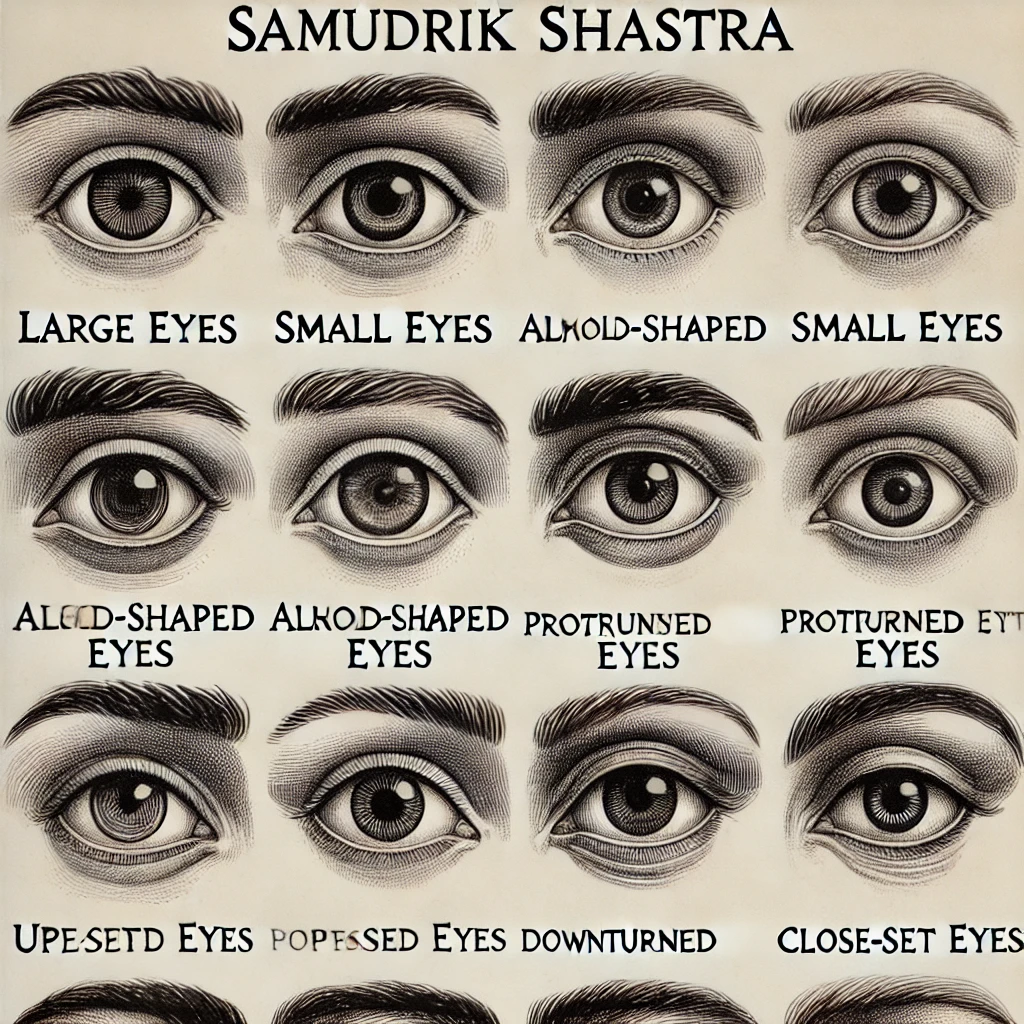Name Numerology of RAHUL: A Detailed Personality Profile
Based on Cheiro’s numerology and the interpretation of the name “RAHUL” with a compound number 17 and the single-digit number 8, here is a more detailed personality profile:
1. Personality Traits (Compound Number 17)
Spiritual Depth and Insight: Individuals with the compound number 17 tend to have an inherent spiritual or philosophical side. They are often drawn to deeper questions of life, the universe, and their purpose. They may have a strong intuition and the ability to perceive things beyond the physical realm.
Intelligence and Wisdom: The number 17 is associated with intelligence, wisdom, and a keen mind. A person with this number is likely to be thoughtful and introspective, possessing a natural ability to understand complex concepts and ideas.
Resilience in Challenges: People associated with 17 often face challenges, but they have a strong sense of resilience. These individuals are typically not deterred by obstacles and can draw strength from their inner spiritual insight to overcome difficulties.
Leadership and Vision: They may have a visionary outlook, seeing possibilities where others do not. They often have leadership qualities and a unique way of thinking that sets them apart, which can inspire those around them.
2. Personality Traits (Single Digit 8)
Ambition and Drive: The single-digit 8 is strongly connected to ambition, drive, and a desire to achieve material success. Individuals with this number often set high goals for themselves and work diligently to achieve them.
Discipline and Responsibility: Number 8 is ruled by Saturn, which is associated with discipline, structure, and hard work. People with this number tend to be very responsible, methodical, and focused. They are often seen as reliable and are good at managing responsibilities.
Seriousness and Intensity: Those with the number 8 may have a serious demeanor and can sometimes appear stern or reserved. They often take their commitments seriously and expect the same from others.
Karmic Influences: Number 8 is known as a “karmic” number, suggesting that their actions will have significant consequences, both positive and negative. This means that the results of their efforts may not always be immediate, but their perseverance can eventually lead to substantial rewards.
Balance Between Material and Spiritual: While they are driven to achieve material success, there is often a need for balance between the material and spiritual aspects of life. This can mean that they feel torn between pursuing wealth and success and seeking deeper meaning and fulfillment.
3. Potential Strengths
Leadership: They have the ability to take charge, motivate others, and lead by example, particularly in challenging situations.
Resilience: Their inner strength allows them to keep going even when faced with adversity.
Focus and Determination: Their disciplined nature enables them to remain focused on their goals and make steady progress over time.
Insightful and Wise: Their spiritual and introspective nature gives them the ability to understand life from a broader perspective.
4. Potential Challenges
Struggles with Delays: The influence of Saturn can lead to a feeling of obstacles or delays in achieving success. They may have to wait longer for the fruits of their efforts.
Tendency Toward Isolation: The serious nature of the number 8 can sometimes make them feel isolated or misunderstood, as they may struggle to relate to others who don’t share their depth or focus.
Work-Life Balance: Balancing their drive for material success with personal or family life can be a challenge, as they may become too focused on their goals.
Sensitivity to Criticism: They might be particularly sensitive to criticism, as their ambitions and efforts are often deeply personal.
5. Career and Success Potential
People with the name number 17 and single digit 8 are often suited for careers that require discipline, leadership, and strategic thinking. This could include roles in business, law, finance, management, or positions of authority.
They may also have an affinity for spiritual or metaphysical fields, as their intuitive nature allows them to explore these areas deeply.
In business, they are likely to be strategic and long-term planners, capable of building a solid foundation for success over time.
Summary:
The name “RAHUL” under Cheiro’s numerology system signifies a person with depth, wisdom, and the potential for leadership. This person is likely to face challenges but has the inner strength to overcome them. They are ambitious and disciplined, with a keen sense of responsibility. Balancing their material goals with spiritual growth will be key to their happiness and fulfillment.
















